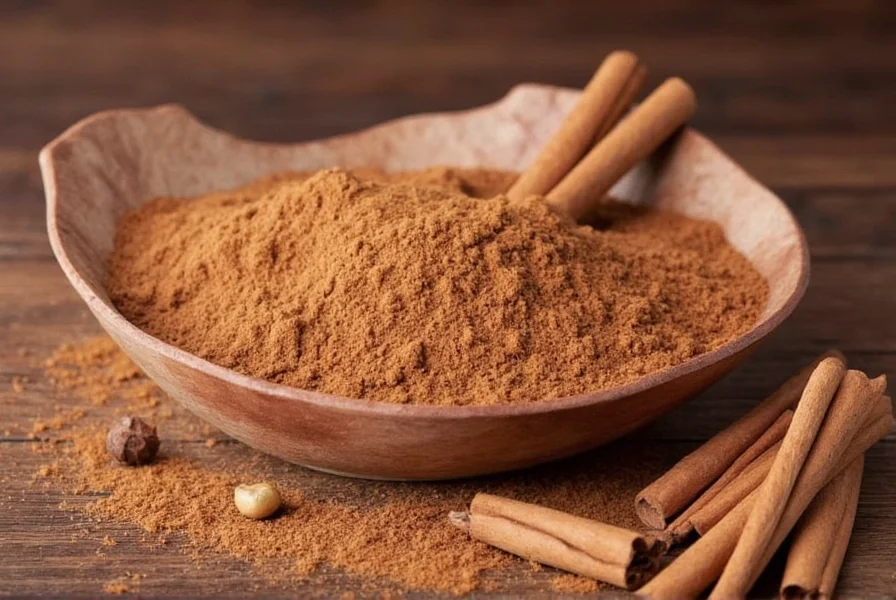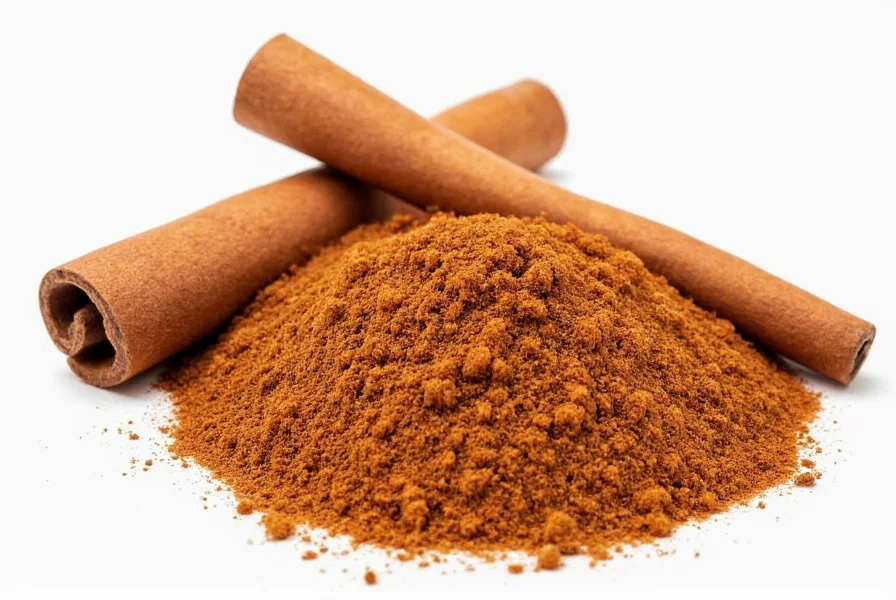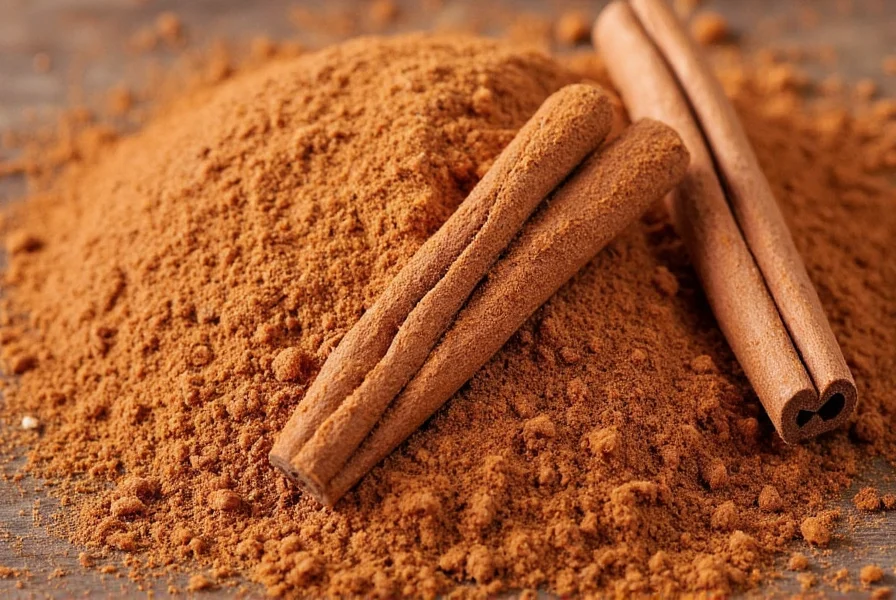Understanding where cinnamon comes from reveals a fascinating botanical and geographical story that spans centuries. This beloved spice isn't harvested from a single source but rather comes from several related tree species cultivated across different regions of the world. The distinctive flavor and aroma we associate with cinnamon develop as the inner bark of these trees is carefully harvested, processed, and dried.
The Botanical Source of Cinnamon
Cinnamon originates from evergreen trees belonging to the Cinnamomum genus in the Lauraceae family. These medium-sized trees grow primarily in tropical and subtropical regions. The spice itself comes specifically from the inner bark of these trees, not from seeds, fruits, or leaves as many people assume.
When cinnamon producers harvest the spice, they make precise cuts in the bark of two- to three-year-old shoots. The outer bark is removed, and the valuable inner bark is carefully peeled away. As this inner bark dries, it naturally curls into the characteristic cinnamon sticks or quills. These quills can then be sold as is or ground into the powder commonly found in kitchens worldwide.
Main Types of Cinnamon and Their Origins
Not all cinnamon is the same. There are several varieties, but two dominate the global market:
Ceylon Cinnamon (True Cinnamon)
Cinnamomum verum, often called "true cinnamon," primarily grows in Sri Lanka (formerly Ceylon), which accounts for approximately 80-90% of global Ceylon cinnamon production. Smaller amounts come from Madagascar, the Seychelles, and parts of India.
Ceylon cinnamon features multiple thin, delicate layers that form a tight, hollow quill. It has a lighter color, more complex flavor profile with citrus notes, and significantly lower coumarin content compared to Cassia varieties. This makes it the preferred choice for many professional chefs and health-conscious consumers.
Cassia Cinnamon
Cassia cinnamon (Cinnamomum cassia) represents about 95% of the cinnamon consumed in the United States. Its primary growing regions include:
| Type of Cassia Cinnamon | Primary Growing Regions | Market Share |
|---|---|---|
| Chinese Cassia | China, Indonesia | 70-80% of global cinnamon market |
| Saigon Cinnamon | Vietnam | 10-15% of global cinnamon market |
| Indonesian Cassia | Indonesia (Korintje) | 5-10% of global cinnamon market |
Cassia cinnamon forms a single, thick, hard quill with a stronger, more pungent flavor and higher coumarin content. While perfectly safe for occasional culinary use, those consuming cinnamon regularly for health benefits often prefer Ceylon due to its lower coumarin levels.

A Brief History of Cinnamon Trade
Cinnamon's journey from its native habitats to global kitchens spans millennia. Ancient Egyptians used cinnamon as early as 2000 BCE, primarily for embalming and religious rituals. The spice became highly prized in medieval Europe, where Arab traders controlled the cinnamon trade routes from Sri Lanka, deliberately obscuring its true origin to maintain high prices.
Portuguese explorers reached Sri Lanka in the early 16th century, gaining control of the cinnamon trade until the Dutch took over in the 17th century. The British later assumed control in the 18th century. During these colonial periods, cinnamon cultivation was strictly controlled, with severe penalties for unauthorized harvesting.
Modern Cinnamon Production Process
Today's cinnamon production follows methods remarkably similar to ancient techniques, though with some modern improvements:
- Tree cultivation: Cinnamon trees are grown for two to three years before harvesting
- Bark harvesting: During the rainy season when the bark is most pliable, workers make precise cuts and remove the outer bark
- Inner bark extraction: The valuable inner bark is carefully peeled away in long strips
- Drying process: Strips naturally curl into quills as they dry in shaded, well-ventilated areas
- Processing: Quills are cut to standard lengths, graded, and packaged either as sticks or ground powder
The entire process from harvest to finished product typically takes about four days. High-quality cinnamon requires careful attention at each stage to preserve the delicate essential oils that give cinnamon its distinctive aroma and flavor.
Geographical Indications and Quality
Like fine wines, the region where cinnamon is grown significantly impacts its flavor profile. Sri Lankan Ceylon cinnamon benefits from the island's unique climate and soil conditions, producing a more delicate, complex flavor. Vietnamese Saigon cinnamon develops a stronger, sweeter profile due to different growing conditions.
Consumers seeking authentic Ceylon cinnamon should look for products specifically labeled as such, as most supermarket cinnamon is actually Cassia. Understanding where your cinnamon comes from helps ensure you're getting the variety that best suits your culinary or health needs.
Global Cinnamon Consumption Patterns
Different regions show distinct preferences for cinnamon varieties:
- North America predominantly consumes Cassia cinnamon, often simply labeled as "cinnamon"
- Europe shows growing preference for Ceylon cinnamon, especially in countries with historical ties to Sri Lanka
- Latin American markets feature both varieties, with regional preferences varying by country
- Asian cuisines often use local Cassia varieties in traditional recipes
As consumers become more educated about the differences between cinnamon types, demand for authentic Ceylon cinnamon has been steadily increasing worldwide, particularly among health-conscious buyers and professional chefs.

Choosing the Right Cinnamon for Your Needs
When selecting cinnamon, consider both its origin and variety:
- For daily consumption or health purposes, Ceylon cinnamon from Sri Lanka offers lower coumarin levels
- For baking recipes requiring strong spice flavor, Chinese or Vietnamese Cassia works well
- For delicate desserts and beverages, Ceylon's subtler flavor profile shines
- Always check labels for specific cinnamon variety, not just "cinnamon"
Understanding where cinnamon comes from helps consumers make informed choices about this versatile spice. Whether you're a home cook, professional chef, or health enthusiast, knowing the differences between Ceylon and Cassia varieties—and where each originates—enhances your culinary experience and ensures you're using the right type for your specific needs.











 浙公网安备
33010002000092号
浙公网安备
33010002000092号 浙B2-20120091-4
浙B2-20120091-4